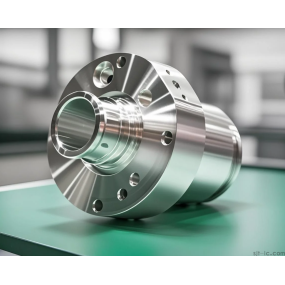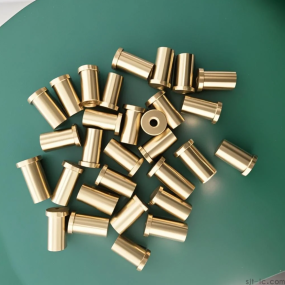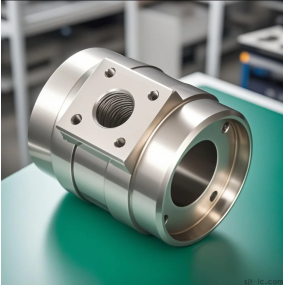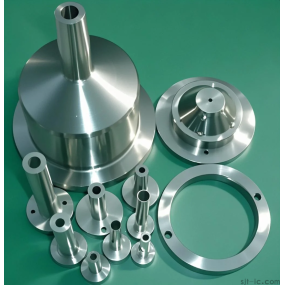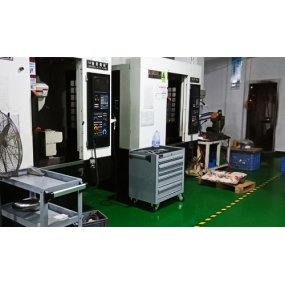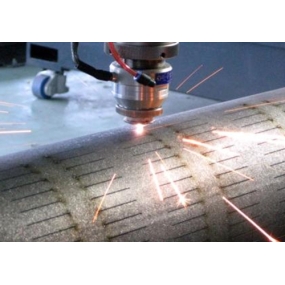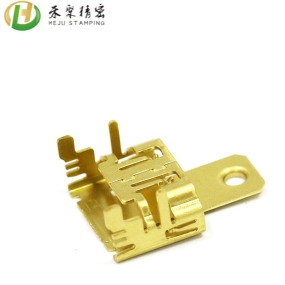The five axis CNC Machining center is suitable for manufacturing and processing body parts, fan impellers, and other components with free-form surfaces. We can find that products suitable for manufacturing and processing with five axis machining centers have a high degree of curvature, and it is difficult to manufacture and process them according to the characteristics of one clamping. Therefore, five axis machine tools can carry out manufacturing and processing on different sides of the product without changing the orientation of the product on the machine tool, improving the manufacturing and processing power of prismatic parts.
A five axis CNC machining center has three moving axes of X, Y, and Z, as well as any two rotating axes. Compared to traditional three-axis machining, the five axis linkage technology of a five axis linkage machining center allows the tool to be positioned in five degrees of freedom when manufacturing products with relatively messy three-dimensional geometries. Many friends in the professional field have a question about understanding the five axis machining center, thinking that it is based on the three-axis machining center and adds two rotating axes. These two rotation axes first stabilize the cutting tool in an inclined position, and then move and manufacture it through the feed axes X, Y, and Z.
Similar manufacturing and processing methods actually consider that the fourth and fifth axes are used to determine the direction of the tool in a stable orientation, rather than continuous operation during the machining process. Therefore, this is not a true five axis linkage technology. A 3+2-axis machining center can fit manufacturing processes that ordinary machining centers cannot complete, but this is also not a true five axis machining center.
A real five axis machining center has a tool point following function, which can ensure that the cutting point of the tool and the surface of the part touch without changing the basic parameters, avoiding the occurrence of cutting pits. During the entire process of movement, the direction of the tool can be optimized, while the tool moves in a straight line. In this way, suitable cutting conditions can be maintained throughout all pathways. Five axis machining center is currently a very useful equipment for manufacturing and processing heterojunctions, boxes, and cluttered cavities. It has a significant impact on precision instruments, automotive equipment, high-precision medical equipment, and other fields.


 Spanish
Spanish Arabic
Arabic French
French Portuguese
Portuguese Belarusian
Belarusian Japanese
Japanese Russian
Russian Malay
Malay Icelandic
Icelandic Bulgarian
Bulgarian Azerbaijani
Azerbaijani Estonian
Estonian Irish
Irish Polish
Polish Persian
Persian Boolean
Boolean Danish
Danish German
German Filipino
Filipino Finnish
Finnish Korean
Korean Dutch
Dutch Galician
Galician Catalan
Catalan Czech
Czech Croatian
Croatian Latin
Latin Latvian
Latvian Romanian
Romanian Maltese
Maltese Macedonian
Macedonian Norwegian
Norwegian Swedish
Swedish Serbian
Serbian Slovak
Slovak Slovenian
Slovenian Swahili
Swahili Thai
Thai Turkish
Turkish Welsh
Welsh Urdu
Urdu Ukrainian
Ukrainian Greek
Greek Hungarian
Hungarian Italian
Italian Yiddish
Yiddish Indonesian
Indonesian Vietnamese
Vietnamese Haitian Creole
Haitian Creole Spanish Basque
Spanish Basque

